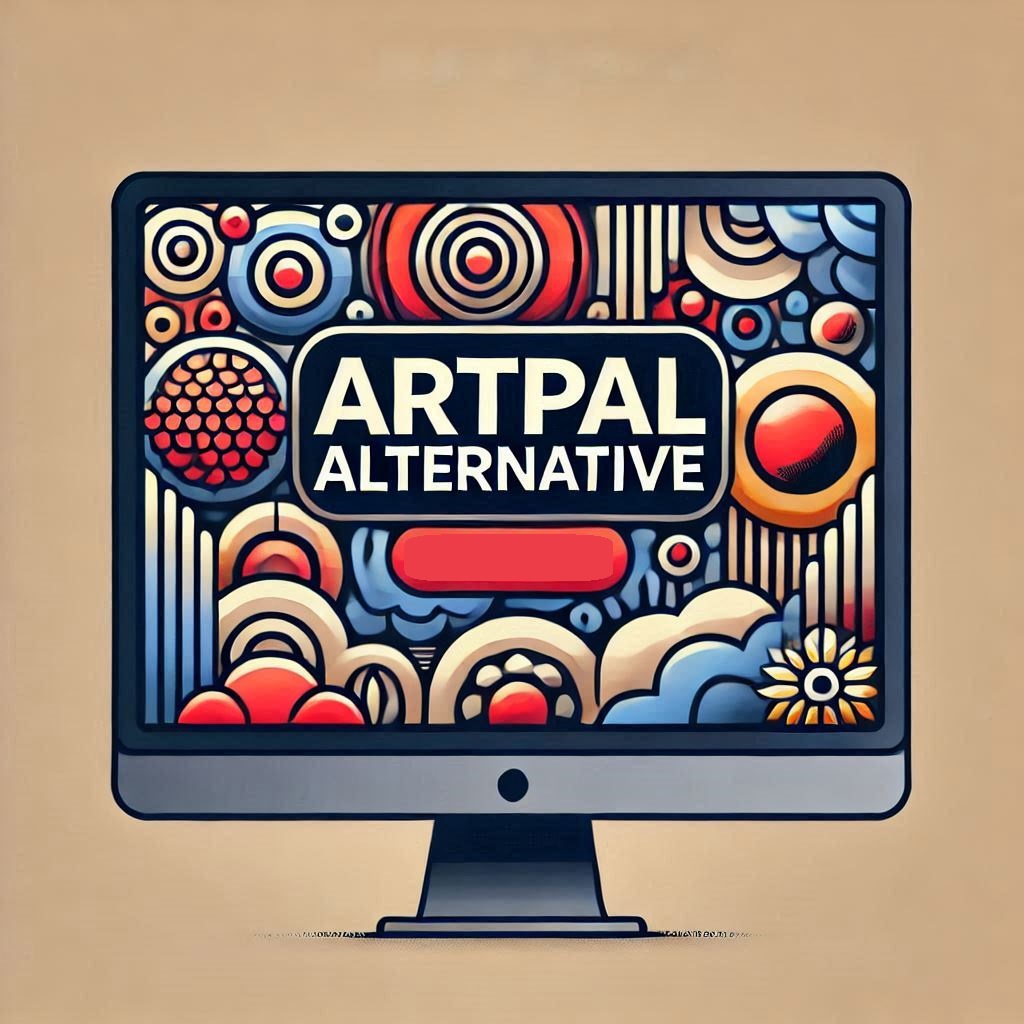Selling art online has become increasingly accessible, offering artists numerous platforms to showcase and monetize their creations. While ArtPal is a popular choice, exploring other platforms can help you find the best fit for your work. This guide delves into various ArtPal alternatives, categorized by their unique features, to assist you in making an informed decision.
Table of Contents
- Introduction
- Categories of ArtPal Alternatives
- Key Factors to Consider When Choosing a Platform
- Conclusion
- FAQ Section
Introduction
The digital era has revolutionized the art industry, providing artists with platforms to reach global audiences. While ArtPal offers a space to display and sell artwork, exploring other platforms can enhance your reach and sales potential. This guide examines various ArtPal alternatives, categorized by their distinct features, to help you make an informed choice.
Categories of ArtPal Alternatives
Large Marketplaces with Broad Reach
These platforms provide access to extensive audiences and simplify the selling process:
- Etsy: A global marketplace for handmade items, including art. Etsy charges a 6.5% transaction fee per sale. This platform is ideal for artists creating handmade or customizable works and looking for a large, engaged audience.
- Amazon Handmade: Through Amazon Handmade, artists can sell original works, with Amazon taking a 15% referral fee. Amazon Merch allows artists to sell designs printed on various products, such as t-shirts and mugs.
- Redbubble: A print-on-demand service where artists can print their artwork on various products and set their own profit margins. Redbubble handles payment, printing, and delivery, making it a hands-off option for artists who prefer not to manage logistics.
Niche Marketplaces with Specialized Audiences
For art that appeals to specific genres or demographics:
- Artfinder: This curated marketplace hosts over 10,000 artists selling original works across various mediums. Artfinder has a selection process to ensure quality and authenticity and takes a commission of 40-45%, depending on the artist’s subscription plan.
- Saatchi Art: With over 1 million social media followers, Saatchi Art offers a vast audience. Artists can set up a free shop to list prints and originals. The platform takes a 40% commission but arranges courier services for shipping, simplifying the logistics for artists.
- Society6: Artists can sell artwork printed on various products, from home decor to apparel. Artists set their royalties on certain products, while Society6 handles order fulfillment and shipping. This platform is well-suited for artists interested in selling art in various functional formats.
Direct Sales Platforms & Personal Websites
For artists seeking complete control over branding and customer interactions:
- Shopify: Enables artists to create personalized online stores with no limit on the number of products. Shopify integrates fully into your website, providing a seamless shopping experience for customers.
- Squarespace: A website builder offering customizable templates and e-commerce capabilities, suitable for artists looking to establish an online presence.
Key Factors to Consider When Choosing a Platform
When selecting a platform to sell your art, consider the following:
- Commission Fees: Platforms have varying fee structures, including per-sale percentages and subscription fees. Understanding these is crucial for pricing your art effectively.
- Target Audience: Ensure the platform’s user base aligns with your art style and target market.
- Marketing & Promotion Tools: Evaluate the platform’s marketing features, such as social media integration and promotional opportunities.
- Ease of Use & Setup: Consider the user interface and setup process, choosing a platform that matches your technical skills and time availability.
- Payment Processing & Customer Support: Reliable payment processing and responsive customer support are essential for a smooth selling experience.
- Shipping & Fulfillment: Decide whether you prefer a platform that handles production and shipping or one that requires you to manage these aspects.
Conclusion
Selecting the right platform to sell your art online is a personal decision that depends on your artistic style, business goals, and the factors outlined above. Experimenting with different platforms can help you find the best fit for your needs. Staying adaptable and informed is key to long-term success in the dynamic online art market.
FAQ Section
What are the typical commission fees charged by online art marketplaces?
Commission structures vary. Some platforms charge a percentage per sale, ranging from a few percent to upwards of 30%, while others have monthly or annual subscription fees. It’s important to review each platform’s fee structure carefully.
How do I choose the right platform for my specific art style?
Consider your target audience and the type of art you create. Niche platforms cater to specific art styles or genres, while larger marketplaces offer a broader reach.
What are the pros and cons of selling art on a personal website versus a large marketplace?
Personal websites offer greater control over branding and pricing but require more effort in marketing and website management. Marketplaces provide a built-in audience but often involve commission fees and less control over presentation.
How important is SEO when selling art online, regardless of the platform?
SEO is essential for online visibility. Use relevant keywords in your artwork titles, descriptions, and tags to improve search engine rankings.
Are there any platforms that offer print-on-demand services?
Yes, platforms like Artpal, Redbubble and Society6 offer

